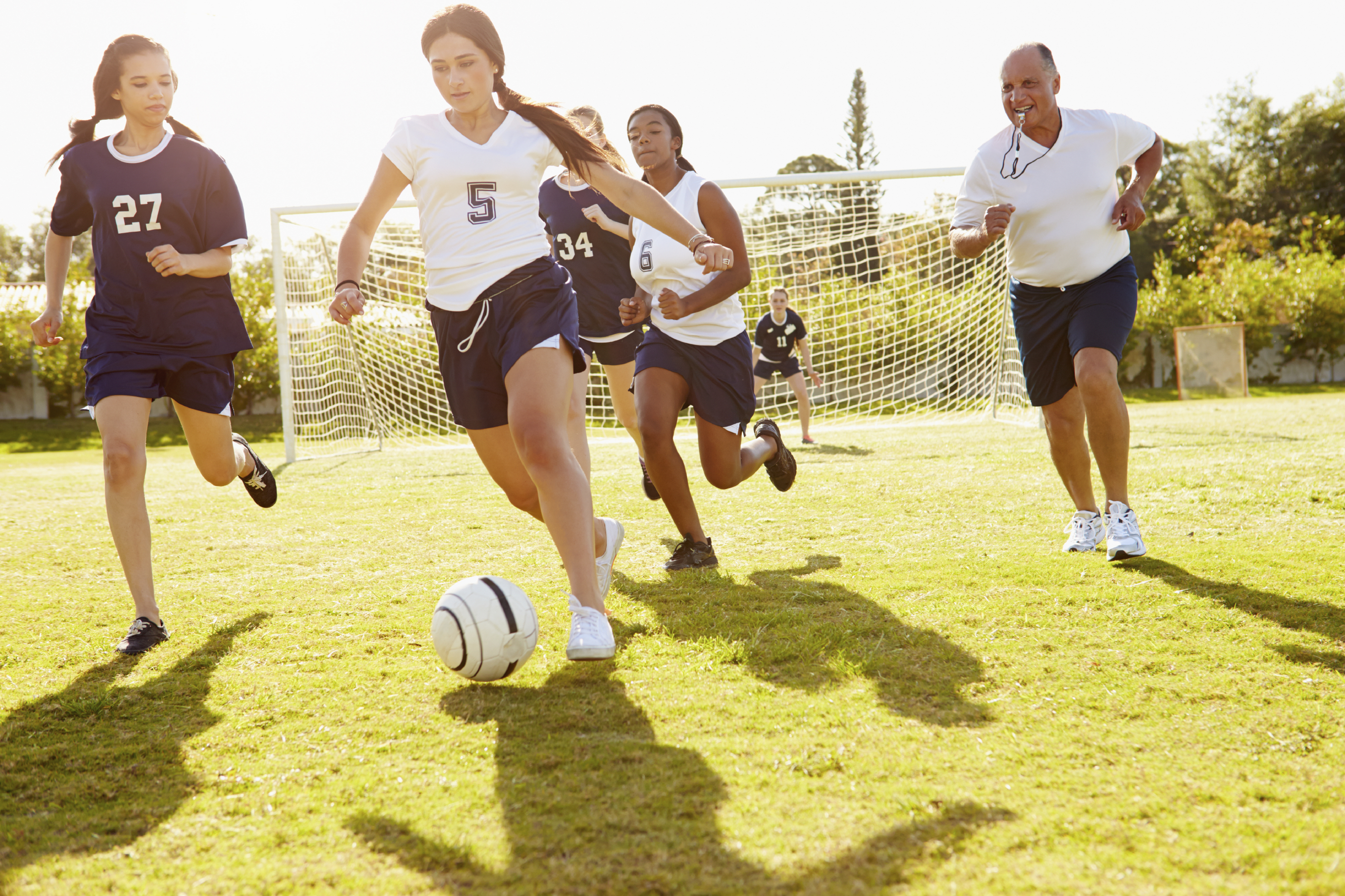
Erin Bolli and her 13-year-old daughter have a goal for 2016: run five races together. It’s not about race time but together time. With five other children at home, all of them sons, Bolli’s opportunities for mother-daughter bonding time are limited.
For their first race, the pair chose the recent Run Like a Girl 5K on Mercer Island, an event with no chips for recording race times but plenty of supercharged music sung by top female pop stars to motivate the 125 participating girls and women.
From the sidelines, the Bolli men made a strong cheering section. “This is important,” says dad Regan. “We try to give them the opportunity to be together.”
Regan’s right. It is important and for more than time together. Research shows two things help keep girls exercising through the body-morphing time known as puberty: one, quality information about their changing bodies and two, female role models.
Why that regular old bra doesn't cut it
Katie Knowles remembers her body developing earlier than most girls her age. It made sports awkward and so she avoided them even though she loved being active.
Now “Coach Katie” teaches students ages 7 to 18 in Bellevue’s Eastside Dream Elite Cheer program and has no problem sharing information about picking out the best sports bras. But she adds, “Both at home and in schools, the girls definitely need more education about their bodies.”
That's what Dr. Joanna Scurr found in a recent survey of 2,089 girls ages 11 to 18. More than half had never worn a sports bra during sports and exercise; 46 percent said their breasts had some effect on their participation in compulsory sports and exercise (that number was higher — 51 percent —for girls aged 13 to 14).
But does it really matter if it’s an actual sports bra a girl wears while exercising? For personal comfort, yes, says Scurr. More than a decade ago, she found breasts move far more than ordinary bras are designed to cope with and that 50 percent of women report breast pain while exercising.
Sadly, girls, not knowing their options, often feel it’s easier to drop out of sports than to deal with the discomfort. That means fewer girls on the field, staying active and doing what they love.
For girls only
Chuck Millsap, a PE teacher at Seattle’s Whitman Middle School and father of two daughters, sees this discomfort all the time. “There’s just a lot of morphing at this age,” he says. “Many girls don’t feel like they’re in their own bodies yet.”
The “opt-out” phenomenon is real, Millsap adds. In class, he regularly uses pedometers to track students’ activity levels.
I can already see the judgement starting in seventh grade. [They’re] sizing each other up.
“The girls’ scores on the pedometer are much higher on days when there are no boys around than days when they work amongst themselves,” he says. The same, he notes, is true for the boys when girls aren’t in class.
“There’s something to be said for the boy-girl dynamic at this age, the pressure to look certain ways,” says Millsap. “I can already see the judgement starting in seventh grade. [They’re] sizing each other up.”
The difference in effort and performance is so significant that last year, Millsap and another PE teacher at Whitman toyed with the idea of making single-gender classes the norm. But for a number of reasons — including the fact more boys than girls attend the school — they couldn't make it happen. Instead, they try to separate the genders for PE activities at least once a week.
Stay strong
Girls-only sports may allow girls to cut loose in a way they don't around boys. They also allow girls to see female role models in action. Twice a week, Ginny Pietila, owner of the MI Athletic Club on Mercer Island, leads what she calls the girlSTRONG program. Girls in grades five through ten follow along as a female fitness instructor leads them in circuit training, stretching and strengthening exercises tailored for the female body.
It's not all about working up a sweat, though. At a recent girlSTRONG class, Pietila set out colored chalk and told the girls to write down a single word on the pavement in front of the studio. The prompt: an “affirmation” about how they were feeling.
The words "strong," "motivated" and "unstoppable" formed a chalky mosaic outside the club.











